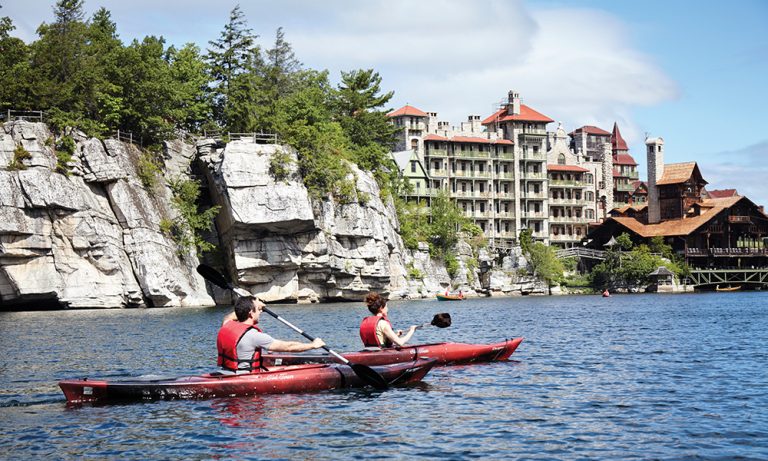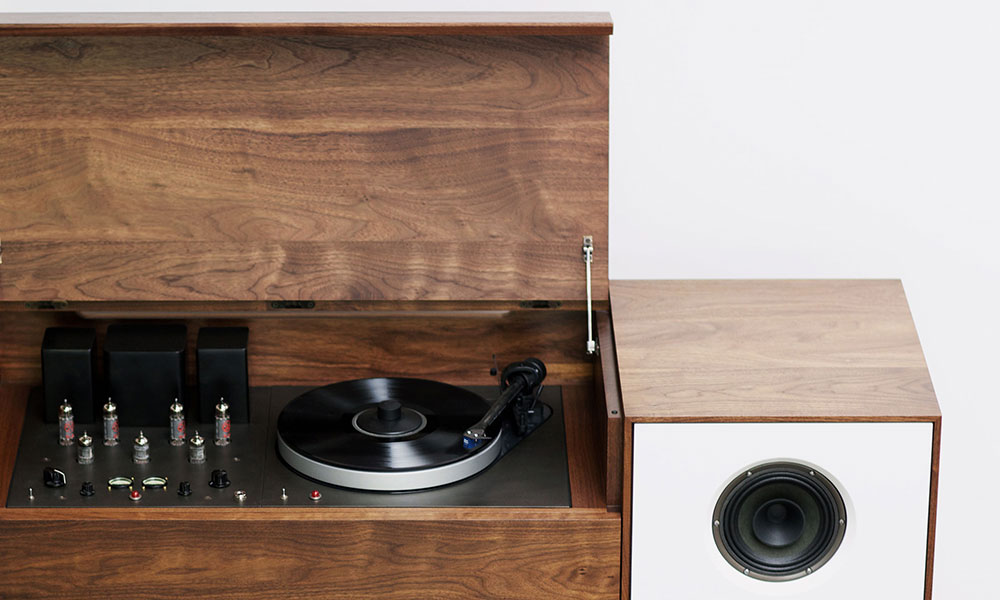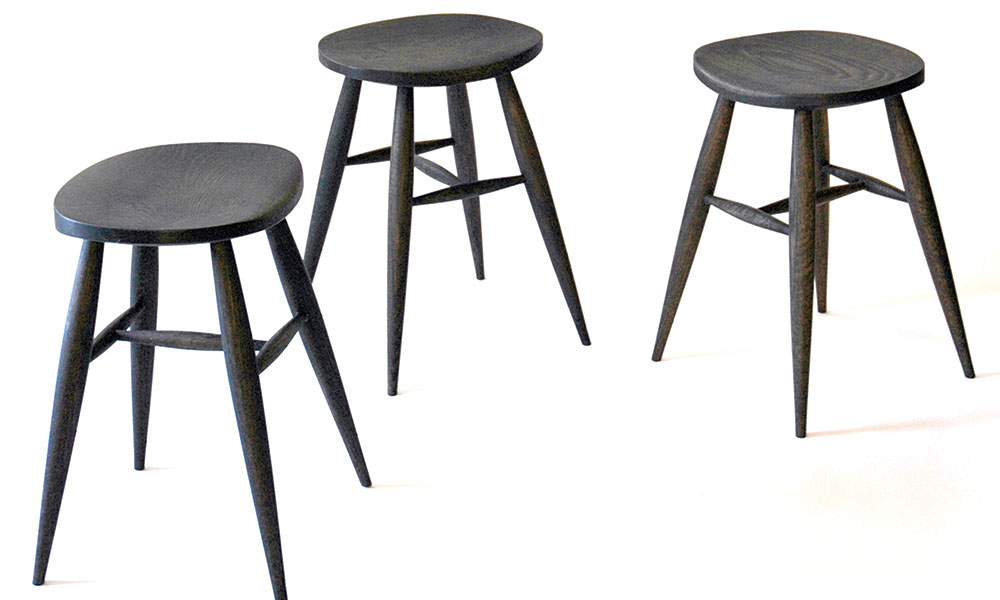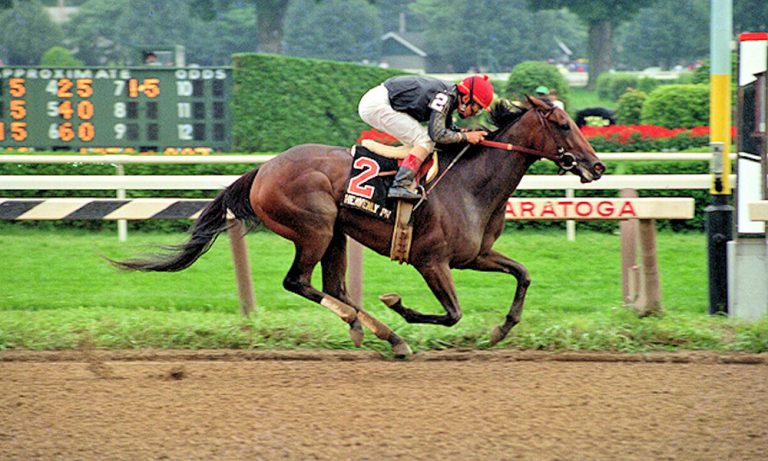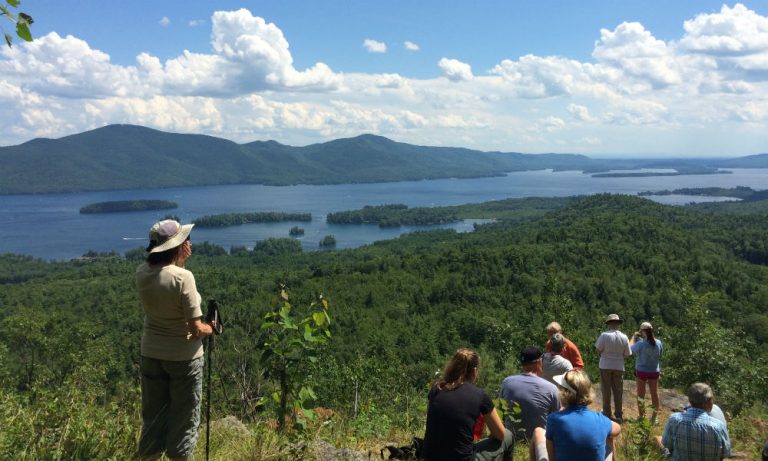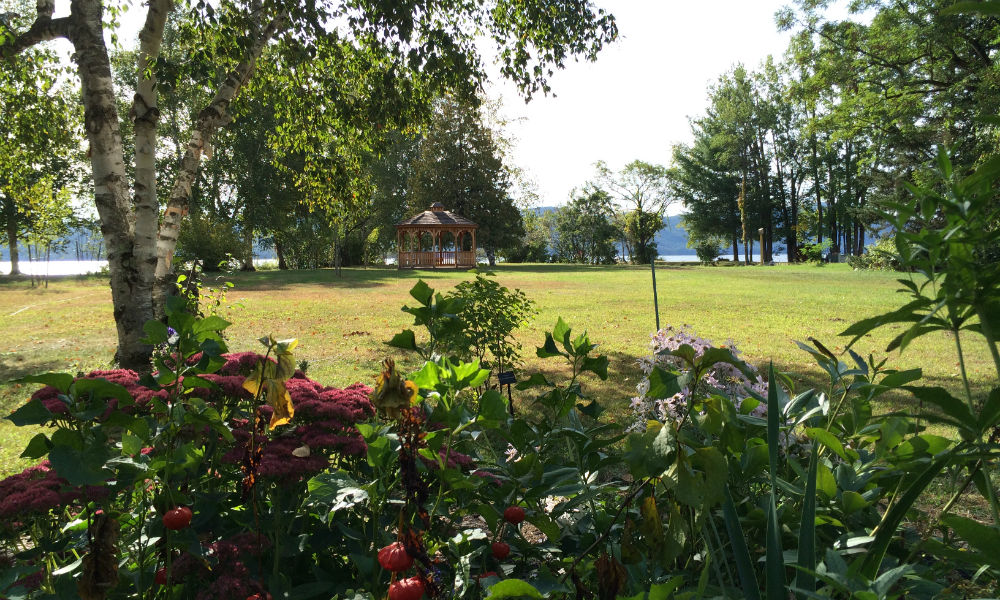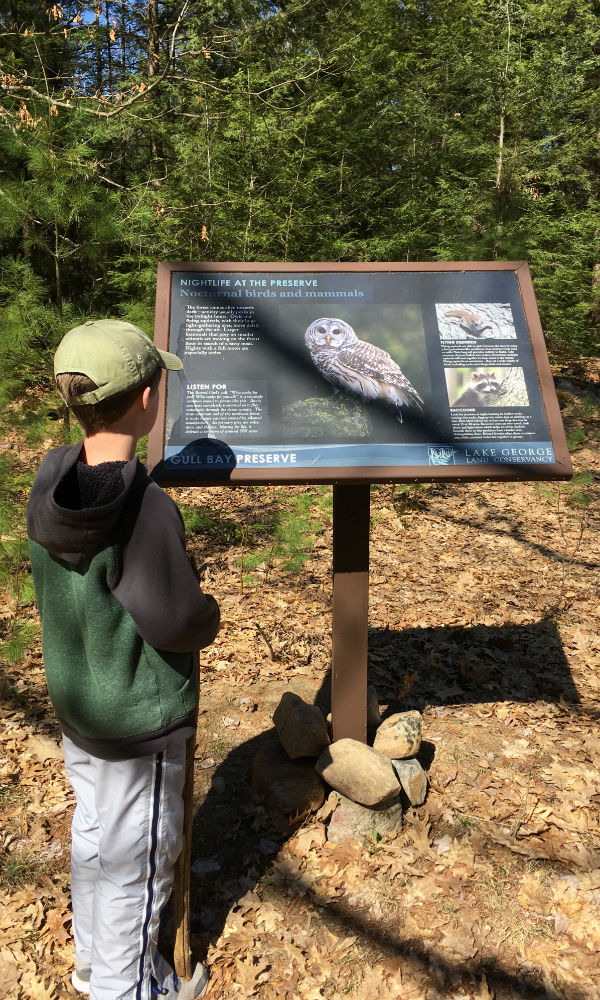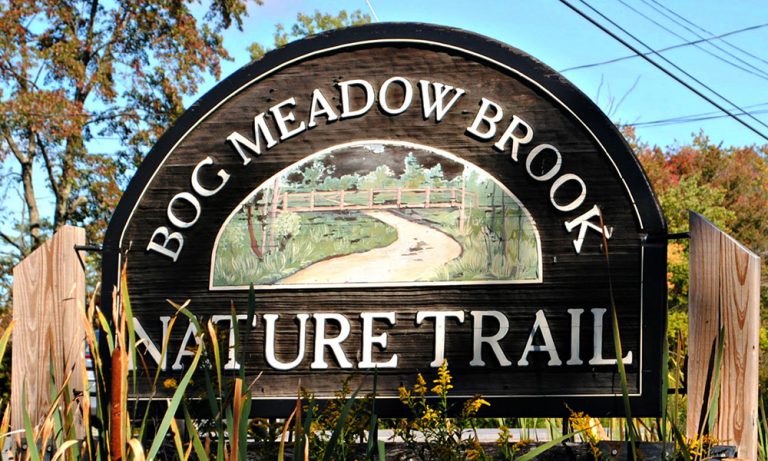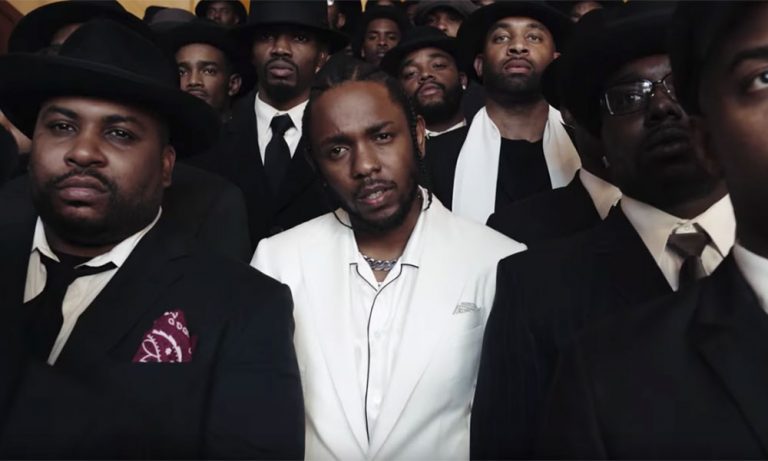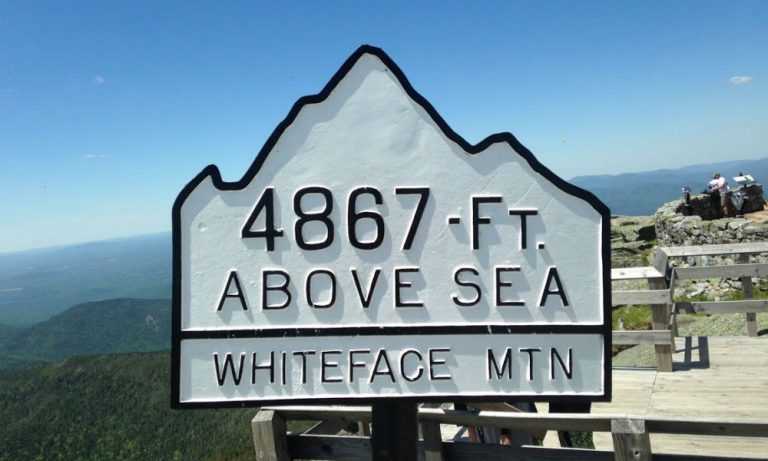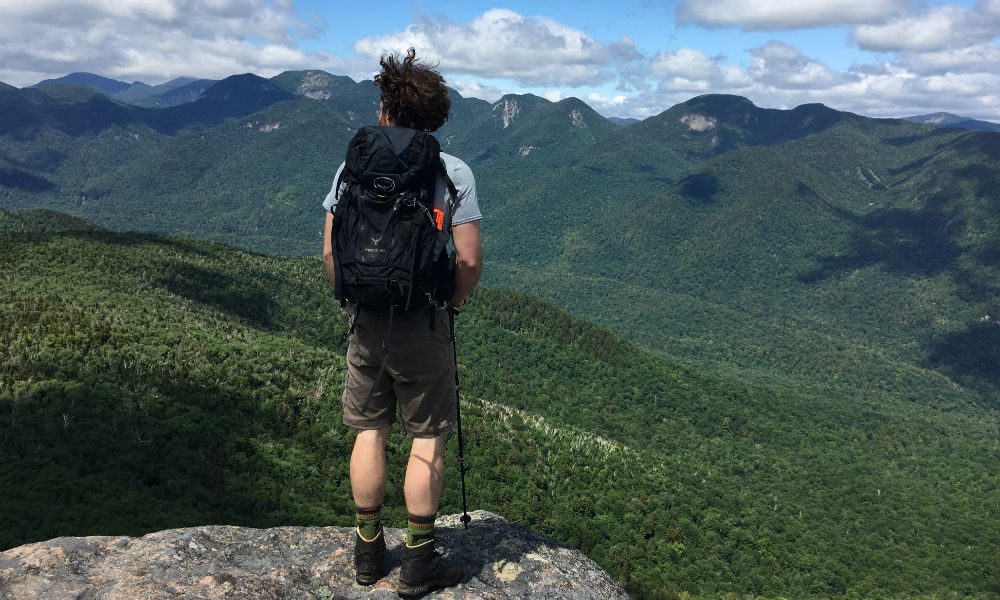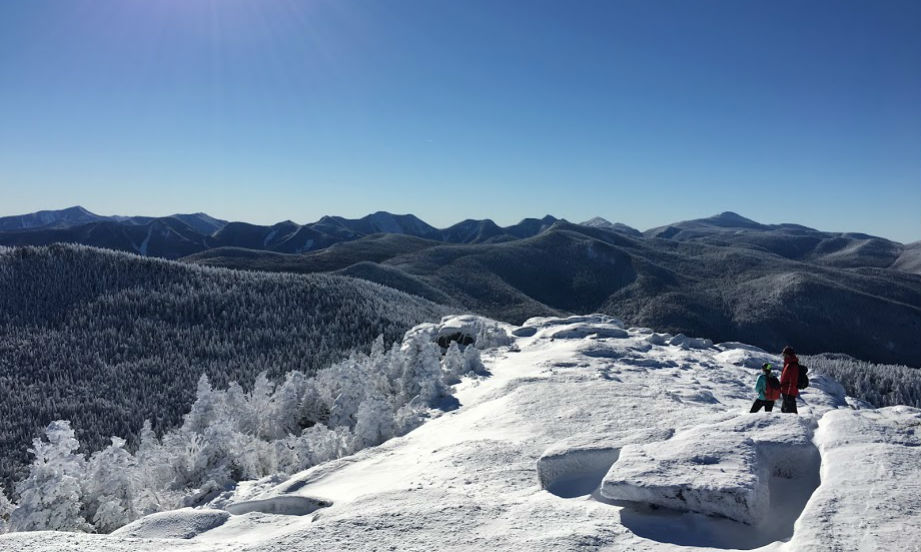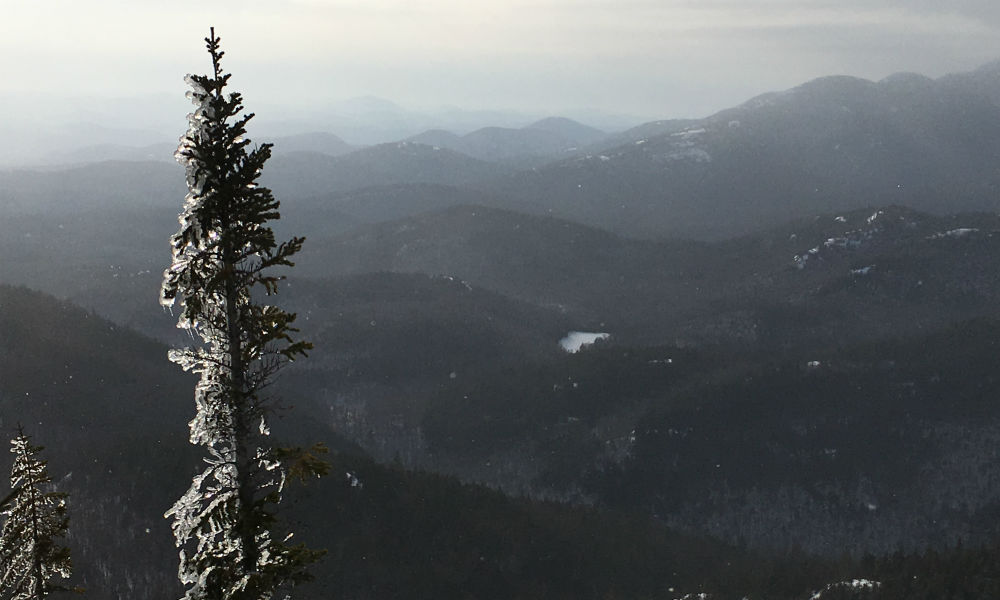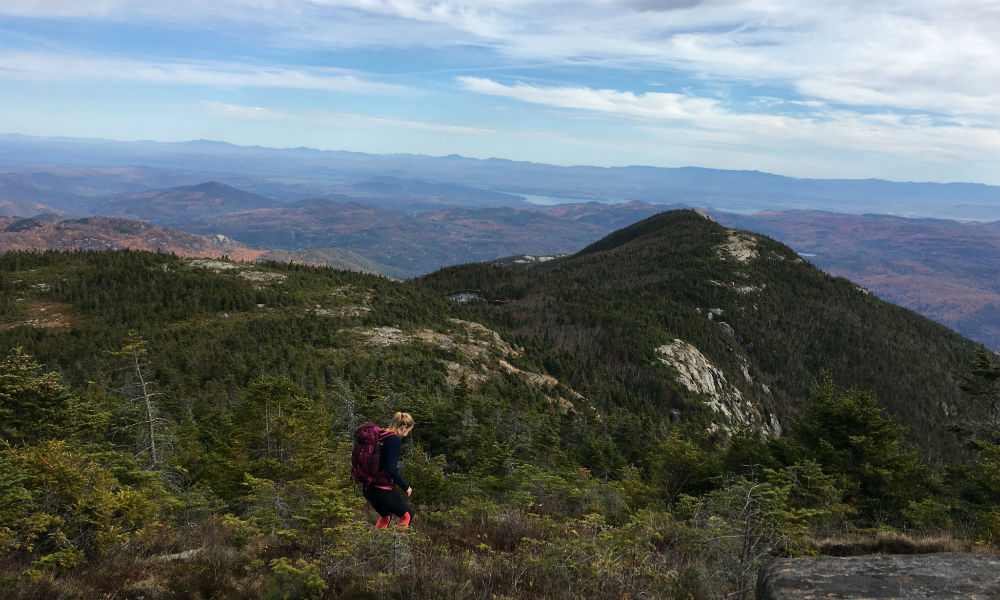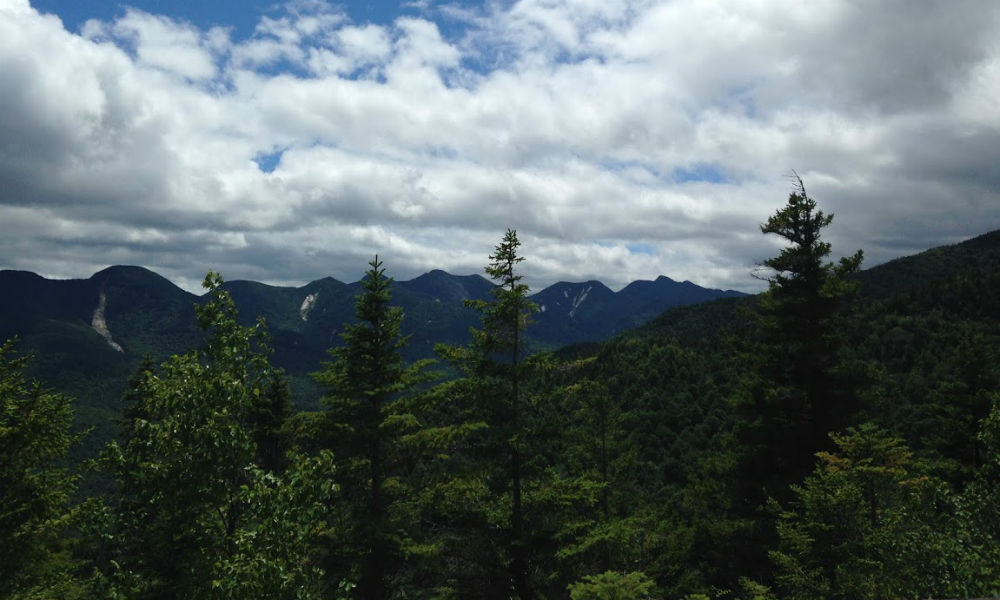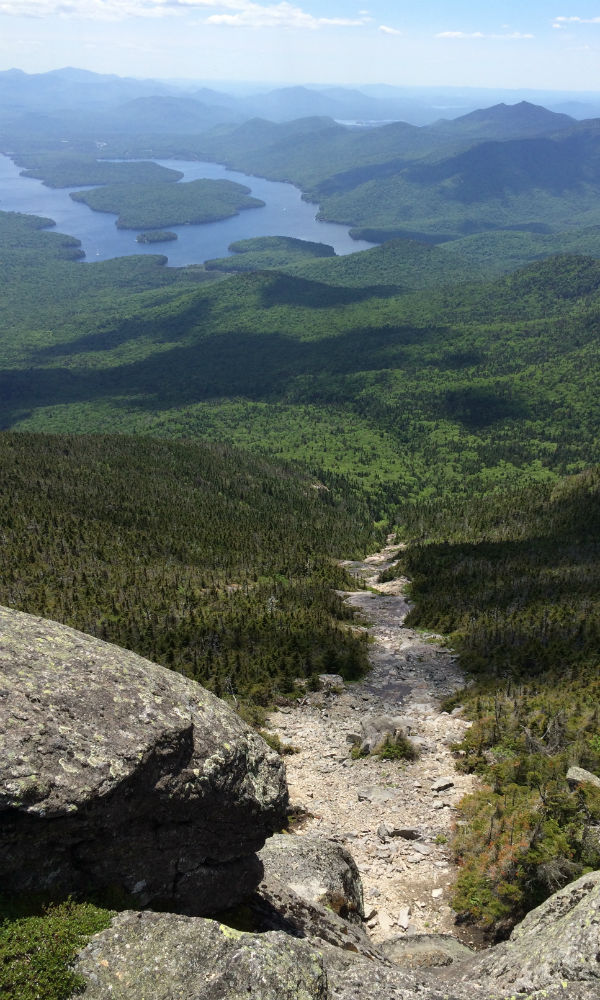Of course, I’m always in a hurry to get back to Saratoga Springs. I have some friends who used to make fun of me for not being able to get directly to a destination. In Los Angeles, I’d jump in the car and make a frantic, traffic-y beeline toward the hottest seen-and-be-seen restaurant. But if I was on foot, I’d be in the habit of popping into almost every shop that interested me along the way—with my friends eye-rolling up a storm. Afterward, we’d communally agree that our purchases of a French bar of soap here, a quick quesadilla and lime-shaved margarita there—and a killing at a jeans boutique clearance sale and couture shoe shop in between—added up to a day to be savored. How much fun wandering free can actually be!
Many of us know all about taking the Amtrak train from Manhattan up to Saratoga, but did you know that there’s an over-the-top luxe rail travel option? It has a selection of chartered, private Pullman railcars for luxury happy-hour patrons and true Great Gatsby-inspired romantics. These special trains are unforgettable and offered on a limited basis, and range from scenic and historic rides to outright opulent ones with decadent, five-star private services.
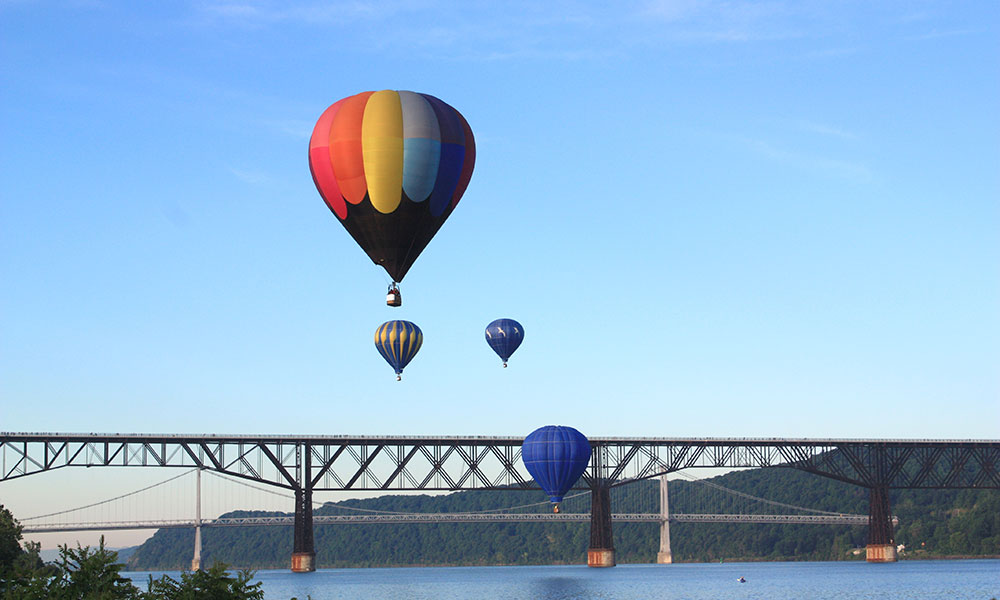
Now, before we make our way back home to Saratoga, let’s take a road trip, shall we? If you’re heading up from New York City, veer off I-87 and cross the Mid-Hudson Bridge—which provides a stellar Hudson River view—to picturesque Poughkeepsie, where you’ll eventually pick up Highway 9N on your way up to Hyde Park, just several minutes away. (We’ll get to that in a minute.) Almost instantly, you’ll drive past the parking entrance to Walkway Over the Hudson, the central nervous system of an outdoor entertainment octopus. One of New York’s crowning achievements—and a can’t-miss in Poughkeepsie—it’s among the longest converted walkway bridges ever built. The impressive structure has synergies with all the connected communities, each of which offers tours, food venues, bike trails and much more. For the more active among us, The Dutchess Rail Trail is a 13-mile, smoothly paved biking trail from Hopewell Junction to Poughkeepsie that’s a destination in itself and one of the most beautiful and accessible stretches of land in the Hudson Valley.
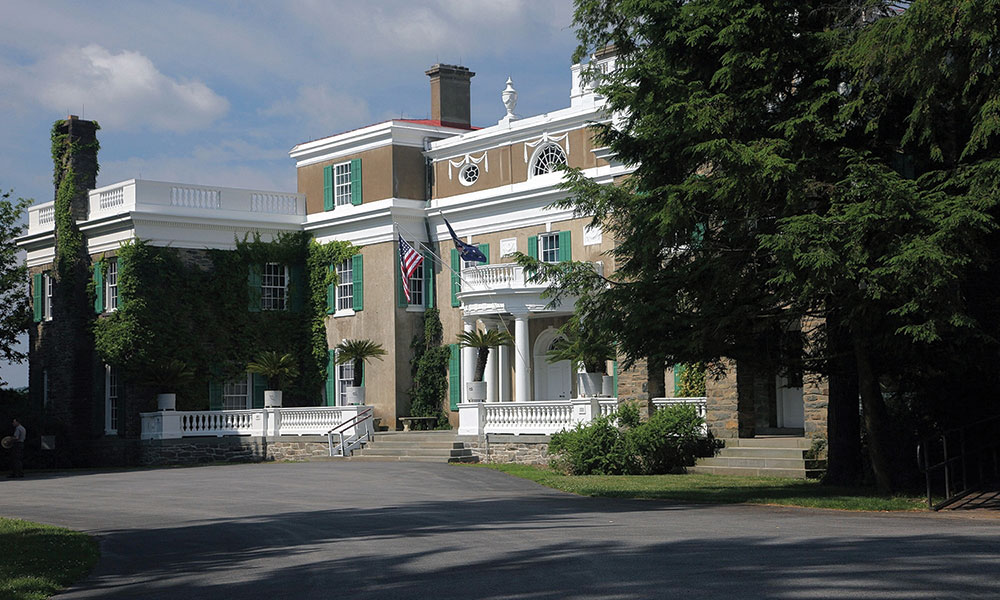
Training it? While Amtrak doesn’t stop directly in Hyde Park, Poughkeepsie is your closest and most convenient alternative. It’s just two minutes away, and also the last MTA Metro-North Hudson Line stop before changing train lines to Amtrak, should Saratoga Springs be your final destination. But the best part? The Roosevelt Ride, a free (!), seven-day-a-week shuttle from the Poughkeepsie train station that graciously drops you at numerous spots including The Franklin D. Roosevelt Home and The Vanderbilt Mansion in Hyde Park. (No need to change your ticket—but we’d suggest hanging on to it.) So, let’s get off the train! You’ll quickly see why the Roosevelts were so fond of this area made popular by many wealthy industrialist families looking to summer someplace other than Newport or Martha’s Vineyard. Lush and overlooking the Hudson River, the National Historic Site offers in-depth tours of Franklin and Eleanor’s private residences and a look inside the FDR Presidential Library and Museum. Or you can simply stroll around the constantly manicured and equally famous gardens and grounds that double as a state park.
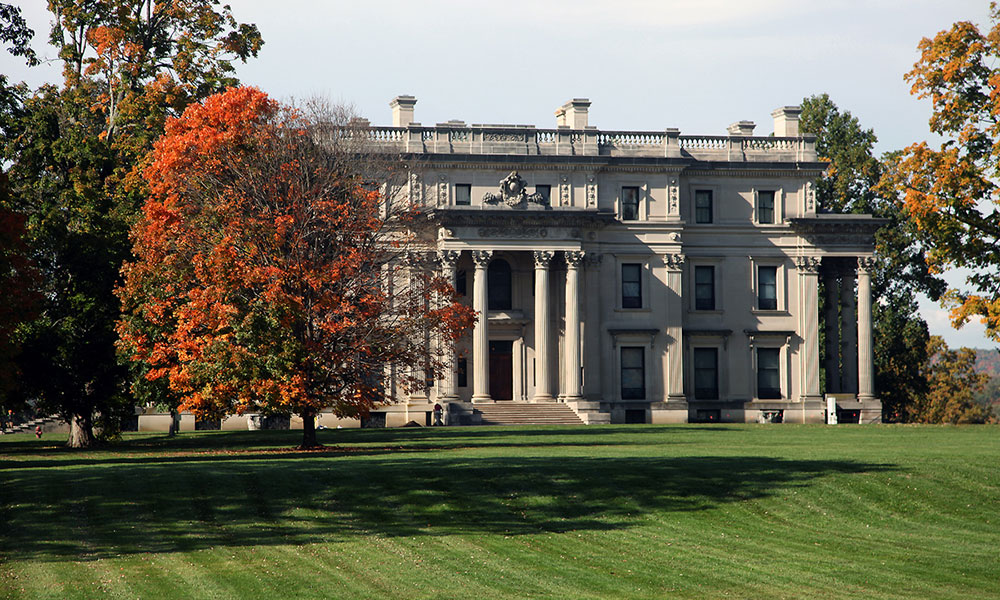
You may prefer, however, to gaze at the panoramic view of the Roosevelts’ landscaped estate and reserve your OMG visuals for the tour of the Gilded Age-era Vanderbilt Mansion, mere minutes away. If your tour is moving along faster than you’d prefer it to, the Roosevelt-Vanderbilt Historical Association’s website has a version of their actual gift shop on it—a great place to purchase beautifully bound books and videos on America’s royalty, the Gilded Age and everything Hudson River Valley, old and new. I’d suggest checking out the book, Fortune’s Children: The Fall of the House of Vanderbilt, by Arthur T. Vanderbilt II.

Should all of this culture and hedonism of decades past have you feeling too classy, rest assured that your palate can continue its bourgeois decadence without making your wallet vibrate. The Culinary Institute of America (CIA)’s premier learning center should be your next stop, for sure. I had the great fortune of dining with a friendly neighborhood billionaire heiress celebrity onsite at The Bocuse Restaurant. The entire tasting menu was so good we closed the place down. Or you can enjoy an equally sophisticated menu, while dining over an elegant herb and rose garden view, at the CIA’s Ristorante Caterina de’ Medici, or the adjacent Al Forno Trattoria, where you can feast on wood-oven pizza or more rustic cuisine in the confines of a seemingly authentic Tuscan villa. This institute is a true luxury (learning) experience for all. The CIA’s staff encourages questions and revels in going in-depth about the preparation of your food. Besides being highly skilled, the CIA’s staffers are also graded on everything from that week’s farm-to-table ingredients to how choice selections from their menu are organically or humanely raised. With a handful of chic student-run and -managed restaurants, a separate dessert bistro, brew house, libraries and so much more, you’ll soon see how true Wall Street wolves and Gotham celebs do lunch (or dinner).

Next, I’d recommend the cherry on the sundae—and a perfect end to a getaway—at the Eveready Diner, a true slice of Americana. Food? Delicious. Environment? Spotless. Ranging from traditional family-style dinners to burgers, malts and pies, the iconic diner is open until 1am nightly and 24 hours on weekends. But we’re not done yet. (Ready for it?) We’re going to the drive-in movies! Yes, The Hyde Park Drive-in Theatre is where you can catch everything from an Oscar-nominated film to a classic thriller. And don’t forget to swing by Hyde Park Brewing Company, which could challenge even the foodiest of foodies who love pubs from NYC.
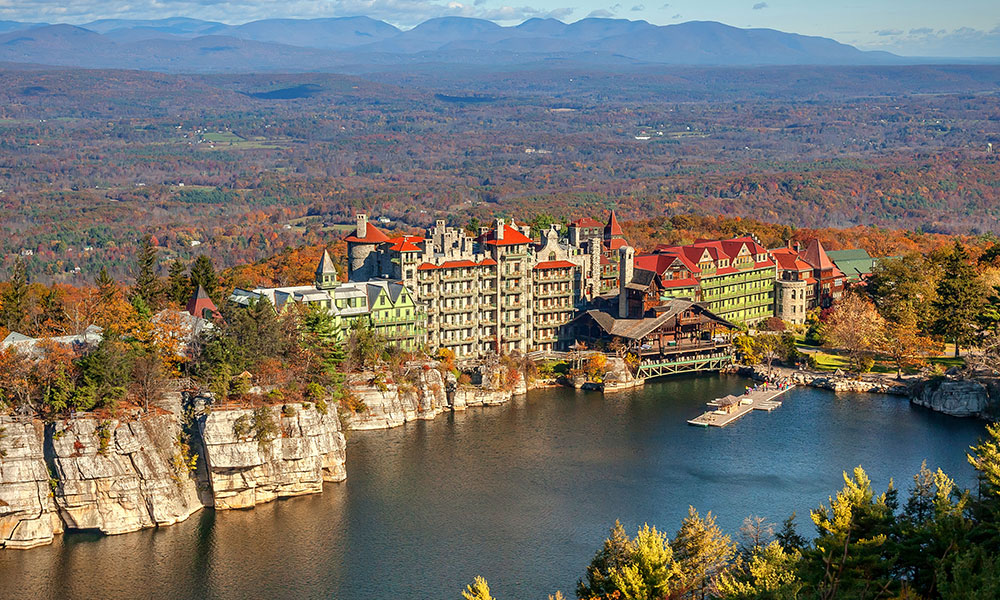
If you need or want an additional stop on this jaunt, New Paltz’s Mohonk Mountain House is an absolute must-see. Built in 1869, this family-operated, self-contained destination spa and luxury lake resort could easily be mistaken for a Bavarian ruler’s palace, or, at the very least, an extraordinarily ornate hunting lodge. Luxe accommodations, fine dining and renowned spa aside, Mohonk’s brunch is considered one of the most well-presented in the state, and you’re also granted a hall pass to jump into the lake or rent a watercraft by the hour (so bring your swim trunks). From there, you can plan your next, more lengthy stay.
As always, I can hardly wait to arrive in Saratoga, but isn’t this a terrific way of getting there? Needless to say, it’s what I moved to Upstate New York for! And my naysayer friends have now developed a new approach to getting across town: By taking their time and keeping their options wide open. Now, that’s how you travel on a road trip.

